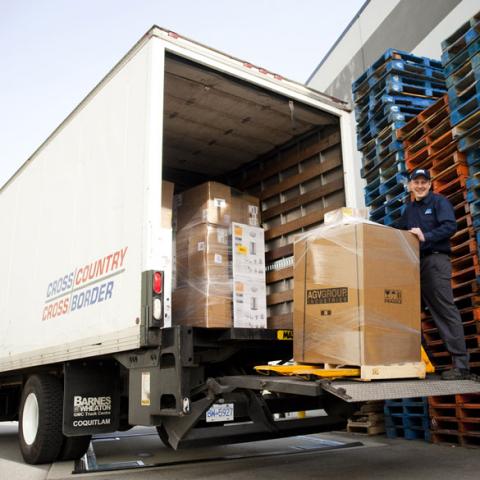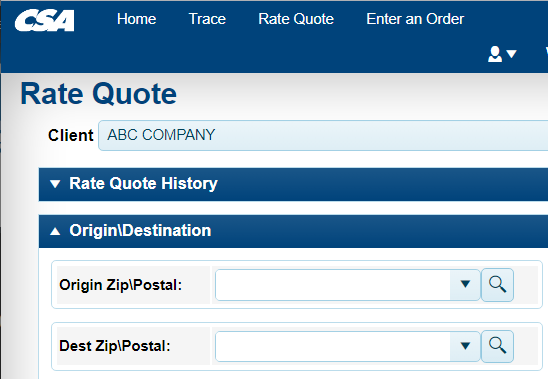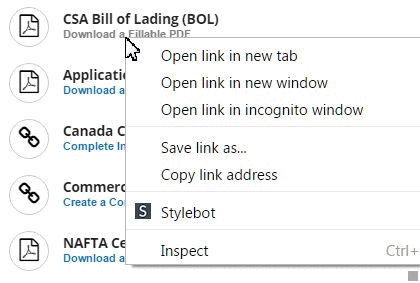Prepare for Shopper Procrastination This Holiday Season
When it comes to holiday shopping, procrastination is becoming the rule, not the exception, according to the National Retail Federation. In 2012, 44% of shoppers deliberately planned to wait until the week of Christmas or later to buy their gifts, while online shopping on Christmas Day has doubled since 2009.
This means retailers will need to ship more product in less time than ever and companies that don't take the time to plan out their shipping and supplier strategies early won’t be able to take advantage of the holiday rush-- begin preparing now so that you can come out on top of the competition and continue to fill orders.
1. Plan carefully.
You'll need strategically located warehouses in key logistics zones to ensure you can meet your commitments during the holiday season. Now is a great time to research central locations for two reasons: So you can guarantee Christmas delivery for orders placed as late as December 22nd, and so you can reduce overall shipping costs for goods coming into your warehouse.
When bringing in materials for the production of your products or when shipping your goods out to retail locations or distributors it pays to understand how most LTL transportation companies operate. You’ll avoid extra charges if you have a location with a loading dock and if you can make due without set appointments for pickup and delivery. Similarly if you are within their local pickup zone your shipping costs will also be lower. With the high price of fuel and transportation, your location can play a big part in keeping prices down for your customers.
2. Determine lead times.
Know exactly how long your suppliers need from the time you place the order until the products can be shipped, and keep this handy so you can let your carrier know when they will be able to pickup the freight. This step is absolutely essential--for example if your cargo is traveling from Asia it could take more than two weeks to arrive on the West Coast, and from there will likely still need to be shipped across the U.S. or Canada via truck or rail to customers or/and distributors. Contact your suppliers as soon as you can to get this information, ensuring to ask if they’ve experienced any holiday delays or backorders in recent seasons. Proactively identifying the causes of previous slowdowns will allow you to mitigate and prepare for potential problems that could arise this year.
3. Have a backup plan.
Unfortunately natural disasters and other mishaps happen. As a business you share the same risks that your vendors are exposed to, so it is important to find out how diversified they are in terms of their suppliers. A good LTL carrier will have partnerships with other key trucking companies to ensure supply chains keep moving. Having a backup vendor in a separate transportation mode is a good practice and will make you look like a champion if the need arises. For example, request pricing from an LTL Carrier (in case of long transit times or worker strikes with rail transportation) so that you have it on hand -- in the event problems arise, you can quickly switch to Plan B.
Ordering while demand is low gives you more opportunity to increase your revenue margins by negotiating. Order as much as you can during the summer months-- this will help you avoid peak shipping charges often added to orders placed closer to the holiday season. One company says that controlling when goods are shipped to their warehouses saves them about 15 percent on shipping charges each year.
As always, it is important to identify and correct as many inefficiencies as possible to ensure there aren't any gaps in your game plan. For advice on recovering from unlikely (but potential) trouble, be sure to read How to Get the Most out of Your Insurance.





